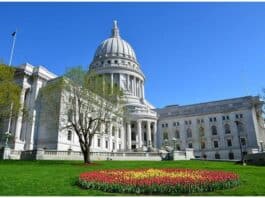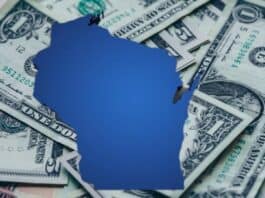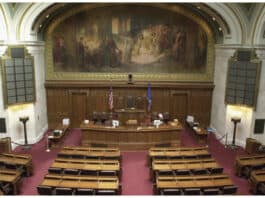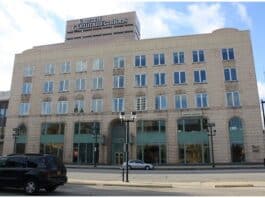(The Center Square) – The pension system for Wisconsin’s public employees is in a better situation than just one year ago. But there is at least one concern.
A new report from the Legislative Audit Bureau shows a $23 billion state of Wisconsin Investment Board (SWIB) turnaround over the past year.
“Net investment income, which is the sum of realized and unrealized gains and losses less SWIB’s investment expenses and amounts distributed to other benefit programs, increased by $23.1 billion, from a loss of $4.1 billion in 2018 to a gain of $19.0 billion in 2019,” auditors found. “The increase in net investment income reflects the increase in investment returns of the Core Fund and the Variable Fund. The gross investment return (gross of management fees) of the Core Fund increased from a negative 3.3% in 2018 to 19.9% in 2019, and the gross investment return of the Variable Fund increased from a negative 7.9% in 2018 to 28.6% in 2019.”
Both of those return percentages are far better than the long term, 7% expected rate of return the Wisconsin Retirement System anticipated.
The investment income is part of what is called the WRS’ annuity reserve. The auditors reported the annuity reserve has far-outstripped both state and state worker contribution reserves over the past decade.
The annuity reserve jumped from $41 billion in 2010 to $63 billion last year.
The state’s contribution reserve went down for a few years, and is now at $23.4 billion compared to $23.3 billion in 2010. The state employee contribution reserve increased from $16.3 billion in 2010, to $19.6 billion last year.
The increases have helped give Wisconsin a pension surplus.
Auditors reported that the WRS has “a fiduciary net position of $112.1 billion and a total pension liability of $108.9 billion, which resulted in a net pension asset of $3.2 billion.”
While Wisconsin’s Retirement System saw a turnaround in its investment income and annuity reserve jump, auditors say the system’s Core Fund dividend reserve continues to be lower than it was before the 2008 recession.
“As of December 31, 2019, the Core Fund dividend reserve is $2.7 billion lower than it was before the 2008 recession,” the auditors wrote.
That loss could lead to problems for some recent retirees.
“From 2008 through 2012, the Core Fund experienced negative dividend adjustments, which were largely caused by the 2008 recession,” the auditors noted. “These adjustments left many of the more recent retired participants with a lower accumulation of dividend adjustments. The number of participants who retired from 2008 through 2019 account for 54.5% of the total number of retired participants as of December 31, 2019. Because these retired participants have not had the opportunity to accumulate significant positive dividend adjustments, future negative dividend adjustments could result in these retired participants reaching their respective floors more quickly and also may result in larger reductions to participants that have been retired for longer.”
The audit did not provide a number for how much recently retired workers, or those who’d been retired longer could lose.
By Benjamin Yount | The Center Square
Go to Source
Reposted with permission










